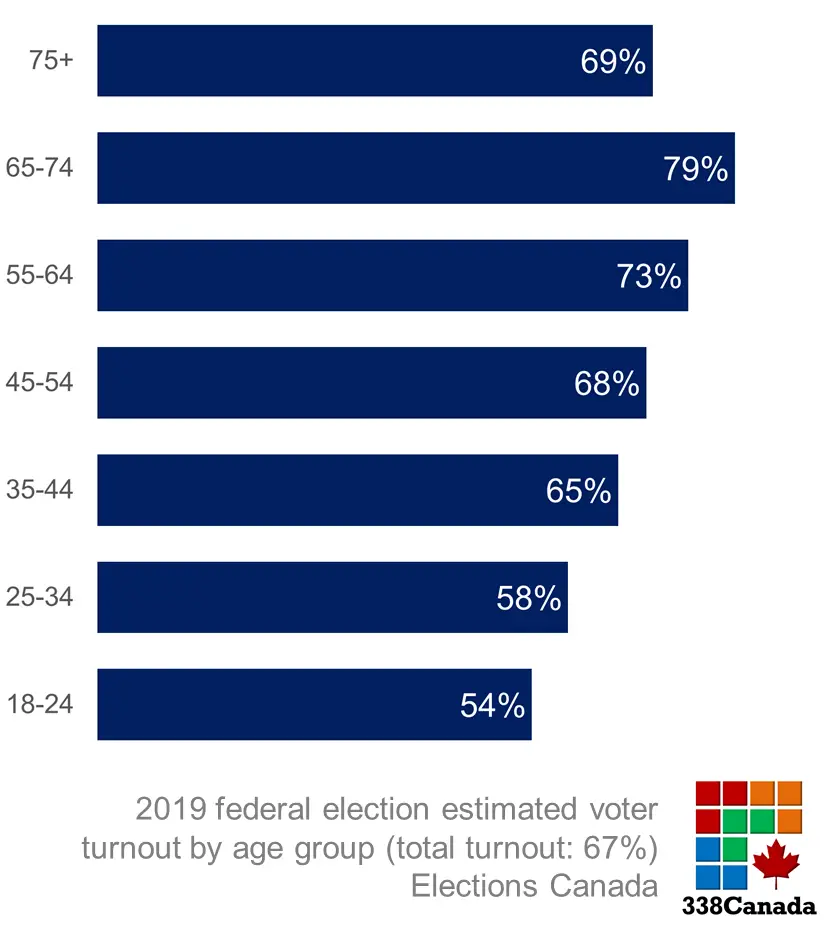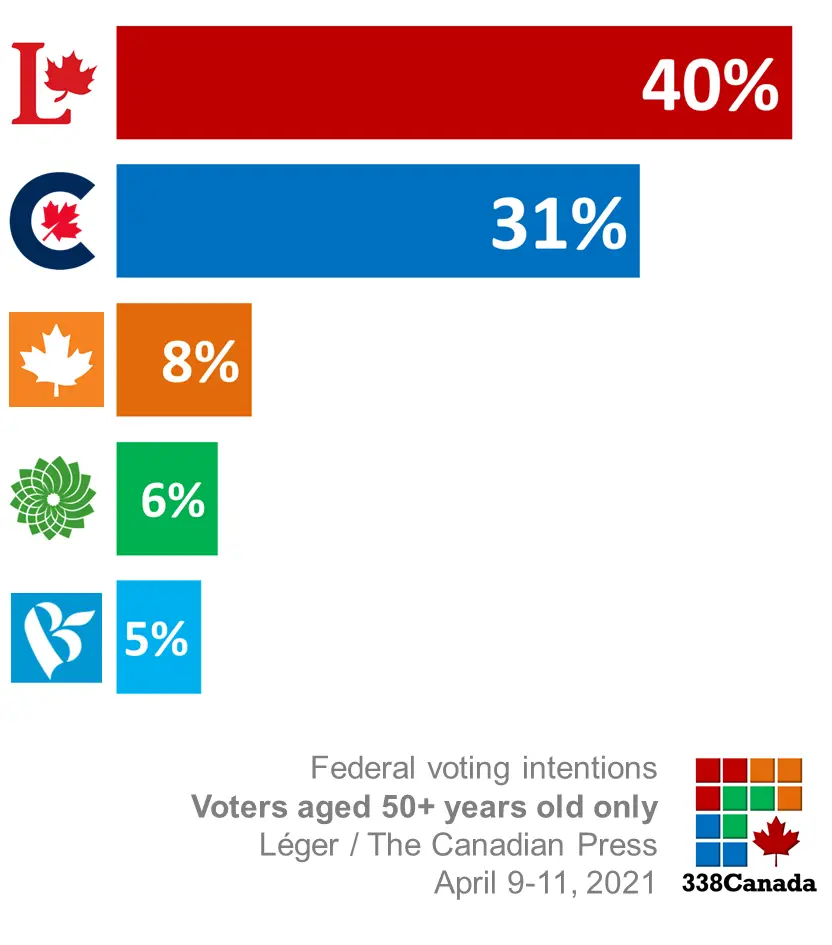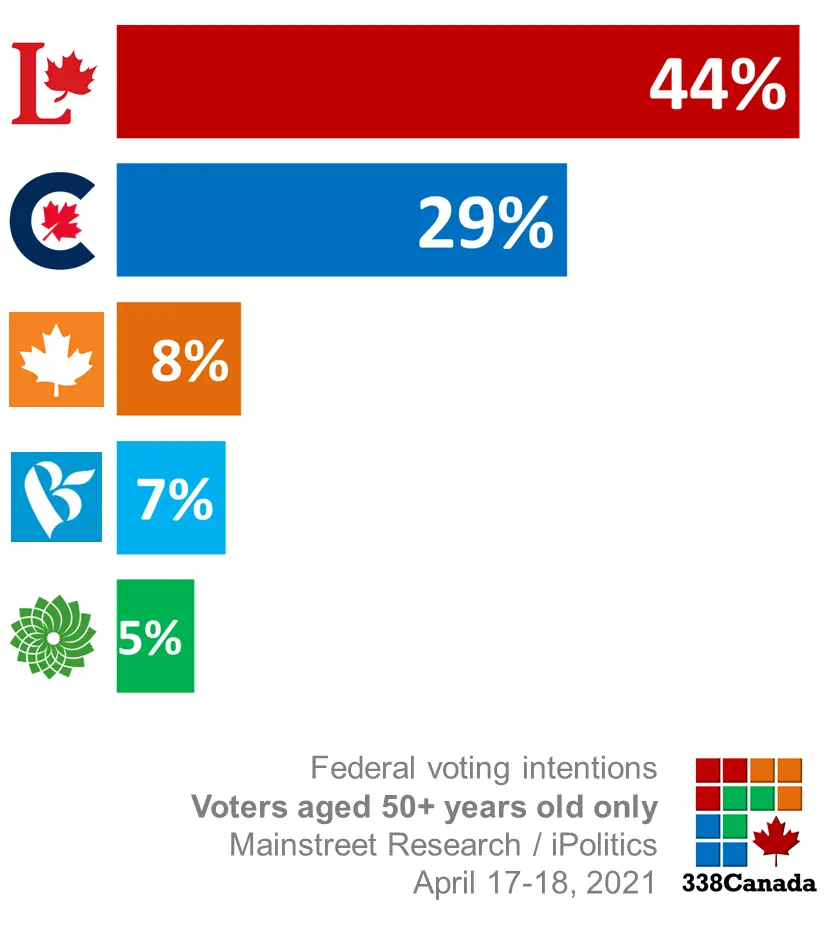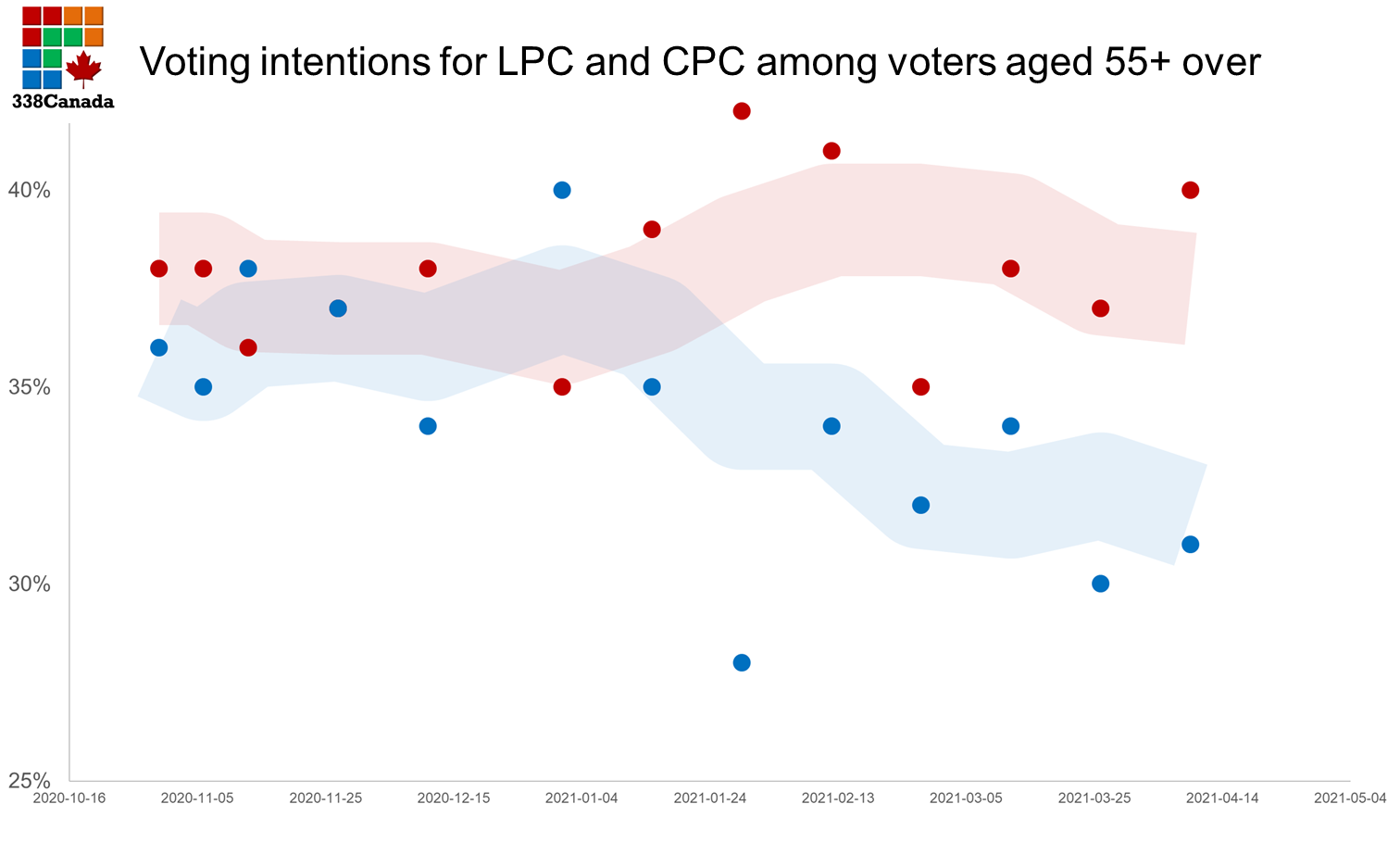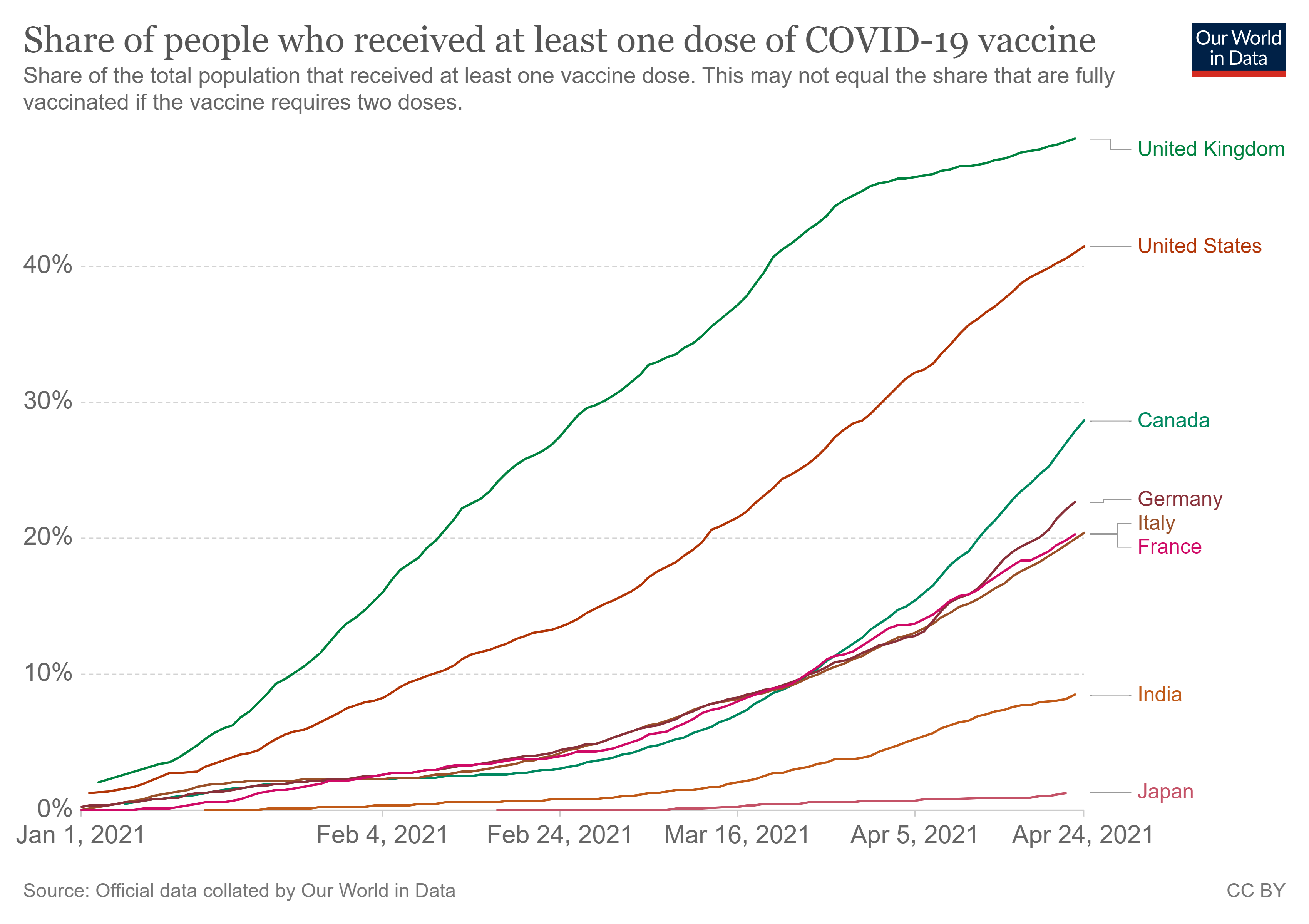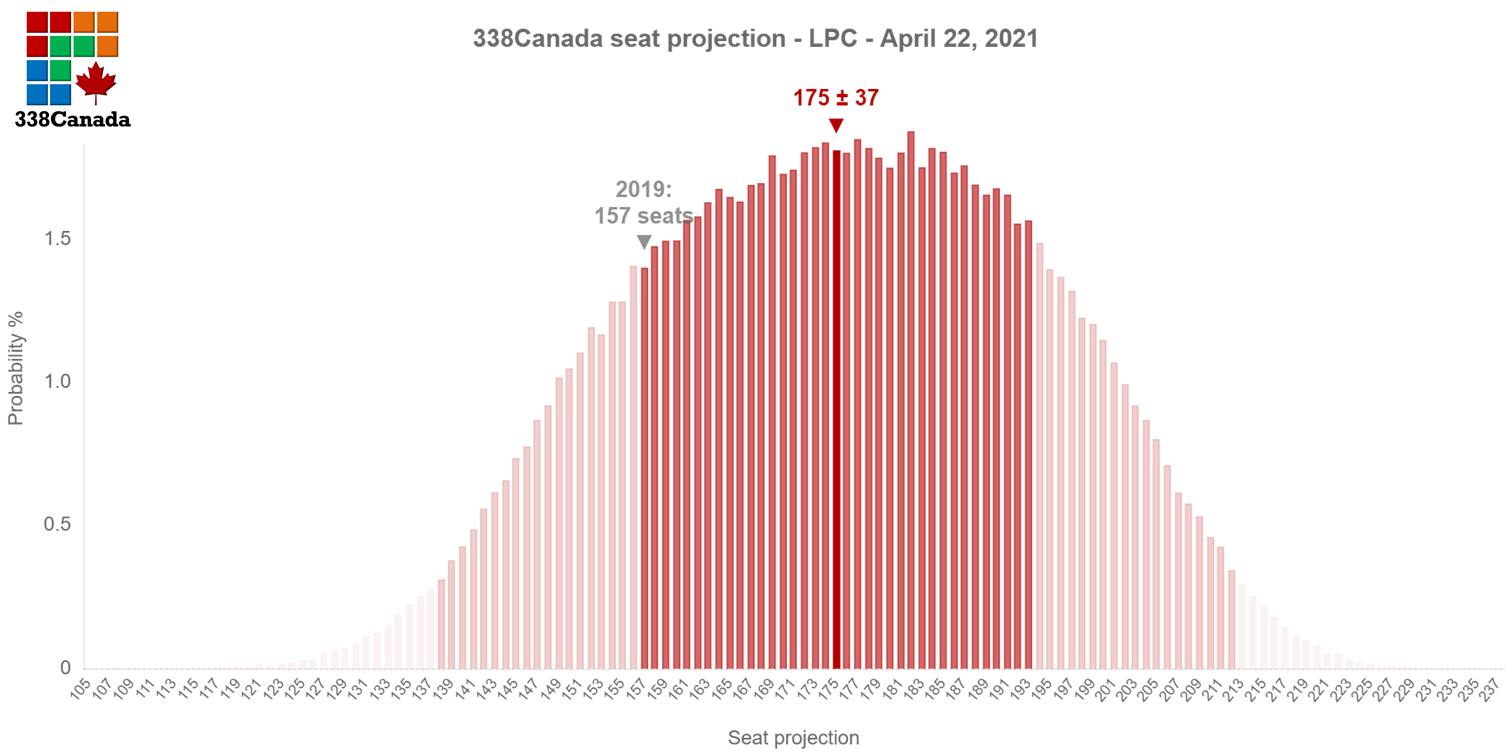
Two popular road trip pit stops, one a Horseshoe Bay café and the other a diner in Hope, just scraped by on the first weekend
of business following the introduction of new travel restrictions in B.C.
“Since Friday, it’s been really, really slow,” said Samantha Rosas, an employee at the Good Karma Cafe, which runs a take-away window inside the B.C. Ferries terminal at Horseshoe Bay.
It’s usually busy with passengers lining up to grab a coffee and fresh cinnamon bun after they have cleared the ticket booths, before they board a sailing.
“It’s the first time it’s been this slow. I would say it’s dropped by half or more than half of the customers,” said Rosas.
She said it’s just as well the café will close for a few weeks as a new wall gets installed between the business and the mountain cliff behind it.
B.C. Ferries said last Friday it will “deny travel to customers travelling for non-essential reasons on routes crossing regional zones” as defined in the public health order.
Customers travelling on routes that operate within the same regional zone will be reminded they should be avoiding non-essential travel.
Non-essential reasons include vacations, weekend getaways and tourism activities, visiting family or friends for social reasons and recreation activities, according to the public health order.
B.C. Ferries said it will have weekend traffic statistics to compare later. A quick scan of real-time information on its “current conditions” page on Sunday showed that for most of the sailings that cross regional zones, the total deck space available for cars about an hour before a midday sailing time was near 70 per cent for most, with slightly less availability, at 59 per cent, for the Swartz Bay to Tsawwassen route.
The new travel restrictions combine B.C’s five health authorities into three regions and prohibit non-essential travel between them. This shuffle moved the town of Hope from being in Fraser Health to Interior Health region.
It’s meant a big fall in customers who usually get off Highway 1 and head into Home Restaurant in Hope for a heaving plate of comfort food like beef dip or an open-faced turkey sandwich. The place is also known for its old fashioned-style lemon meringue, coconut cream and other pies.
“It’s been about a 50 per cent hit over this weekend,” said manager Lana Popp. “Normally, we rely on locals and travellers. We are getting the odd traveller, but it’s mostly locals now and they can only (come) so much.”
She’s laid off a dozen staff and is “trying to find other ways of making less of everything.”
Popp’s offering meals for sale in takeout containers as well as “take and bake” pies, but “people like them more when we bake them.”
Hope is where three highways meet and travellers either head north on the Coquihalla, east towards the Kootenays or west into the Lower Mainland. Popp said other business owners there are all lamenting the situation.
“It’s like a ghost town. We’ll just bunker down and get through this until May 25 (when the restrictions end), though I’m not counting on that date.”








